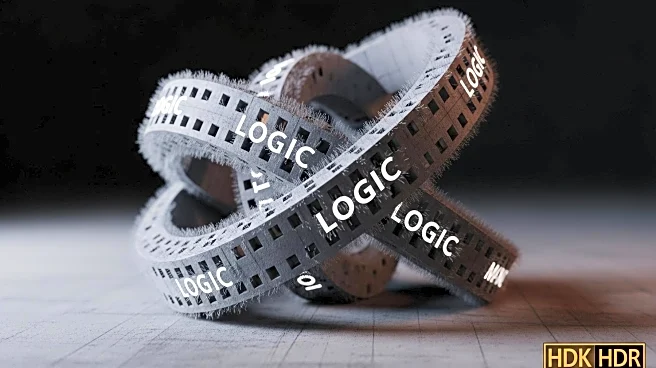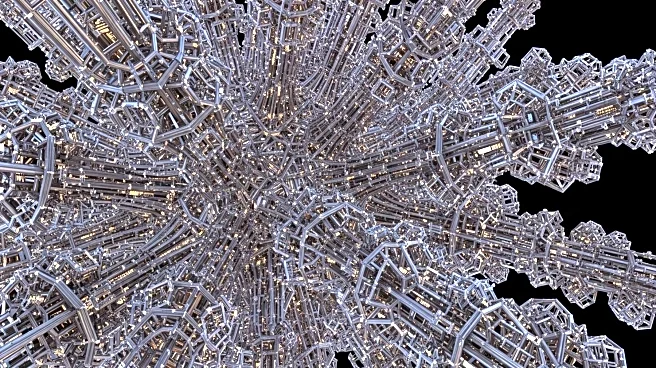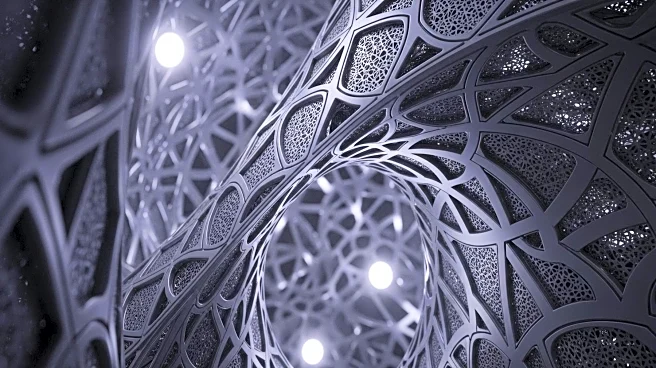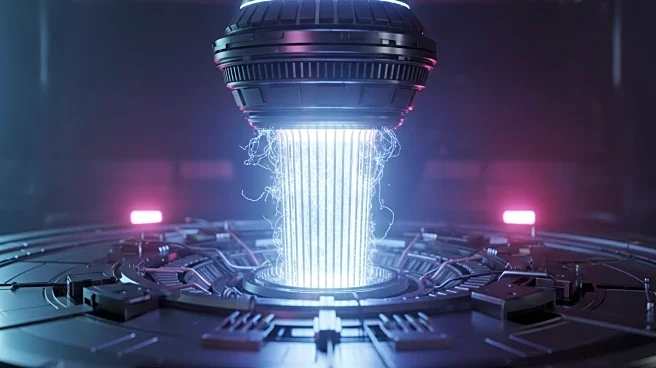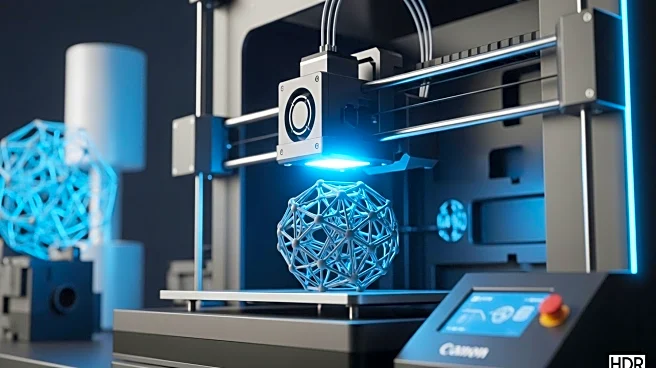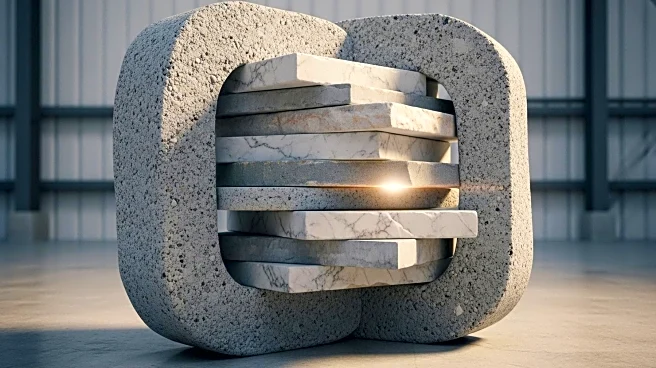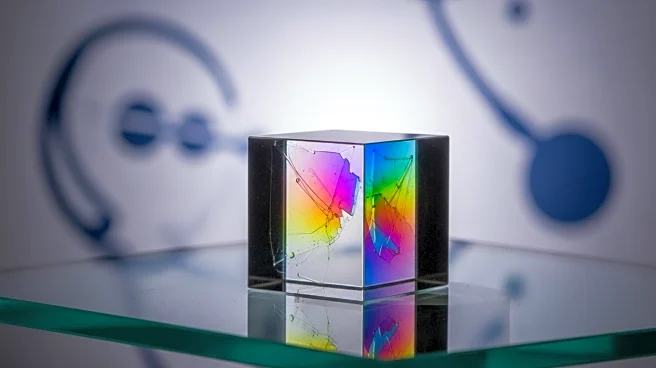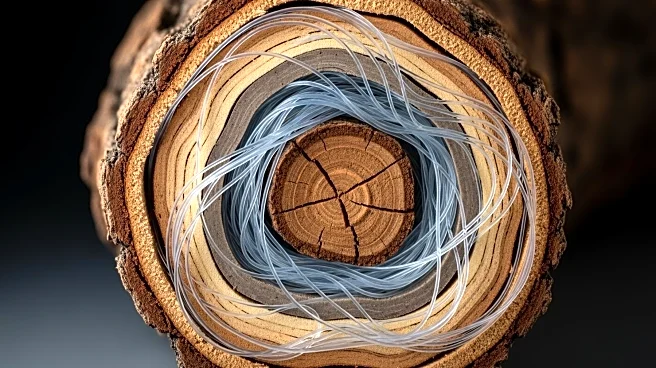What is the story about?
What's Happening?
Researchers at EPFL's School of Engineering have developed a novel method for creating metal that is 20 times stronger than traditional 3D printed metals. The technique involves using a hydrogel framework soaked in metal salts, which are chemically converted into nanoparticles that spread throughout the gel. This process is repeated multiple times to achieve high metal content, resulting in dense metal or ceramic objects. The method allows for the creation of complex structures with high strength and minimal shrinkage, offering a new paradigm in additive manufacturing where material selection occurs after 3D printing.
Why It's Important?
This breakthrough in metal fabrication has significant implications for industries requiring strong, lightweight, and complex structures, such as sensors, biomedical devices, and energy technologies. The ability to produce high-quality metals and ceramics using a low-cost 3D printing process could revolutionize manufacturing, making it more accessible and efficient. The technique's potential to create advanced 3D architectures with enhanced properties could lead to innovations in energy conversion, storage, and cooling technologies, driving progress in various sectors.
What's Next?
The research team is focused on improving the process to facilitate industrial adoption, aiming to increase material density and reduce processing time. Automation through robotics is being explored to streamline the repeated infusion steps, making the method more time-efficient compared to existing 3D printing techniques. As the process evolves, it could become a standard in manufacturing, offering new opportunities for producing high-performance materials in diverse applications.
Beyond the Headlines
The development of this metal growth technique highlights the potential for innovation in additive manufacturing, challenging traditional methods and expanding possibilities for material science. The approach not only enhances the strength and complexity of fabricated materials but also introduces a flexible framework for material selection, paving the way for customized solutions in various fields. This advancement reflects a shift towards more sustainable and efficient manufacturing practices, with long-term benefits for industry and technology.
AI Generated Content
Do you find this article useful?


